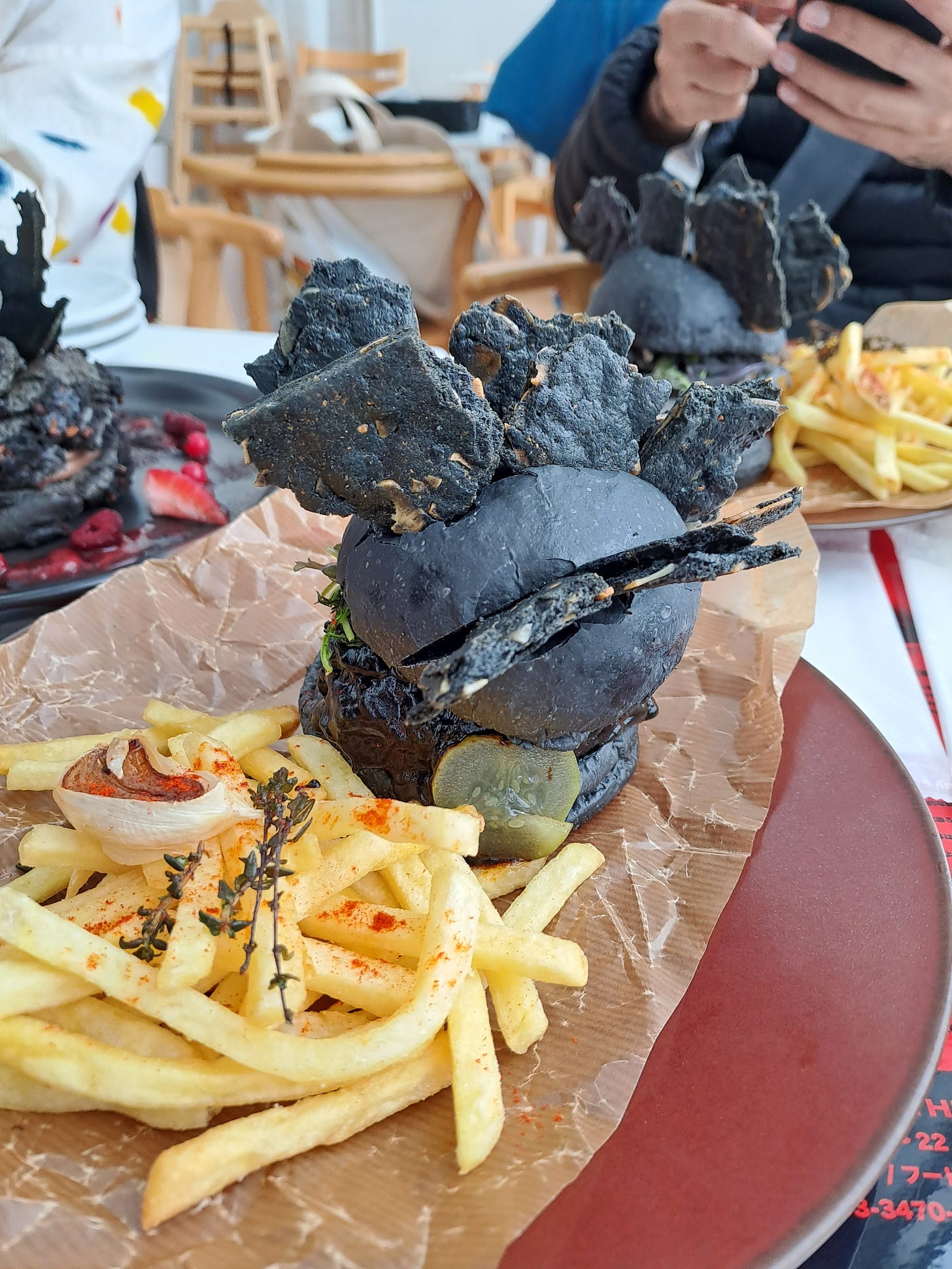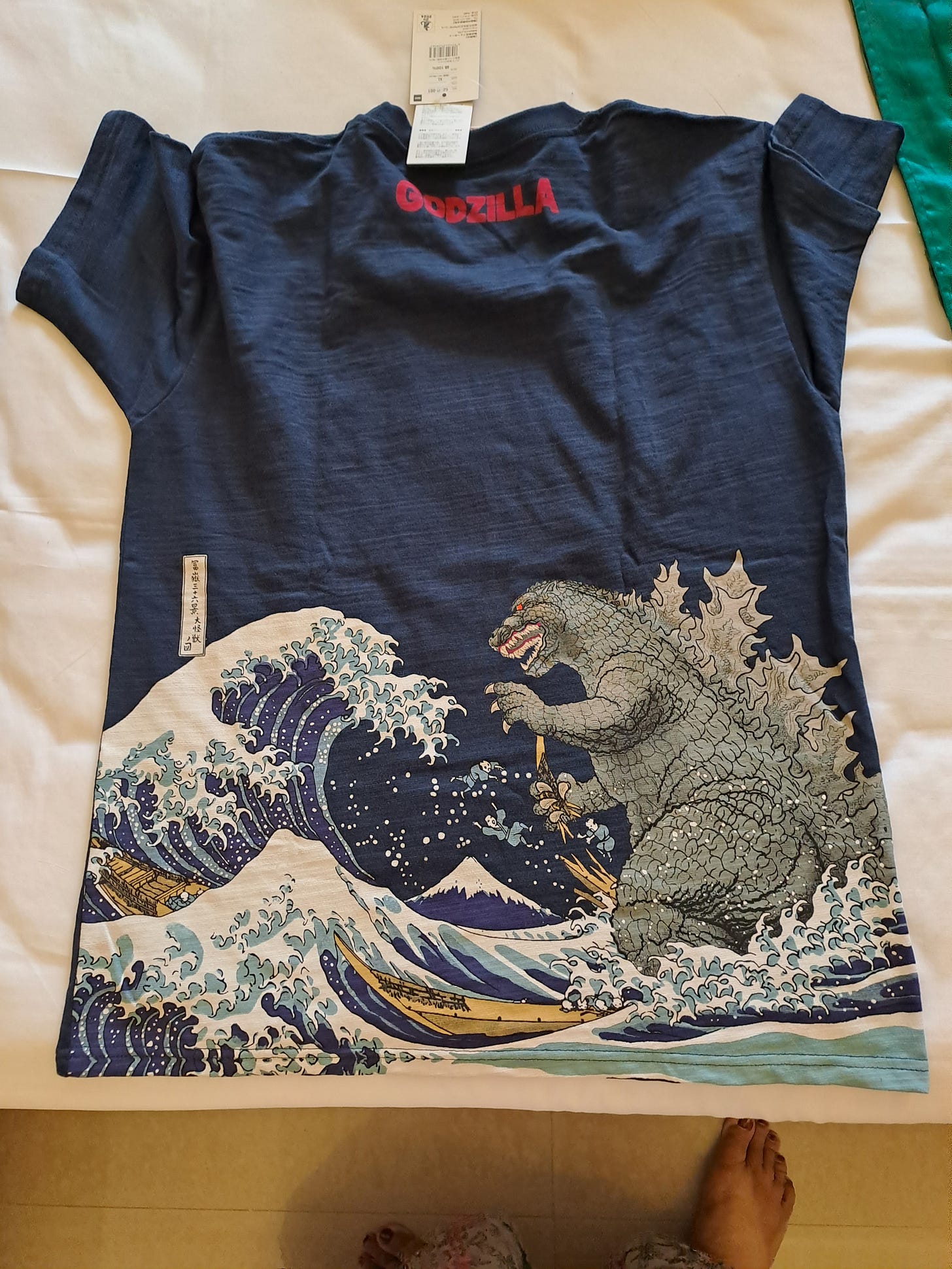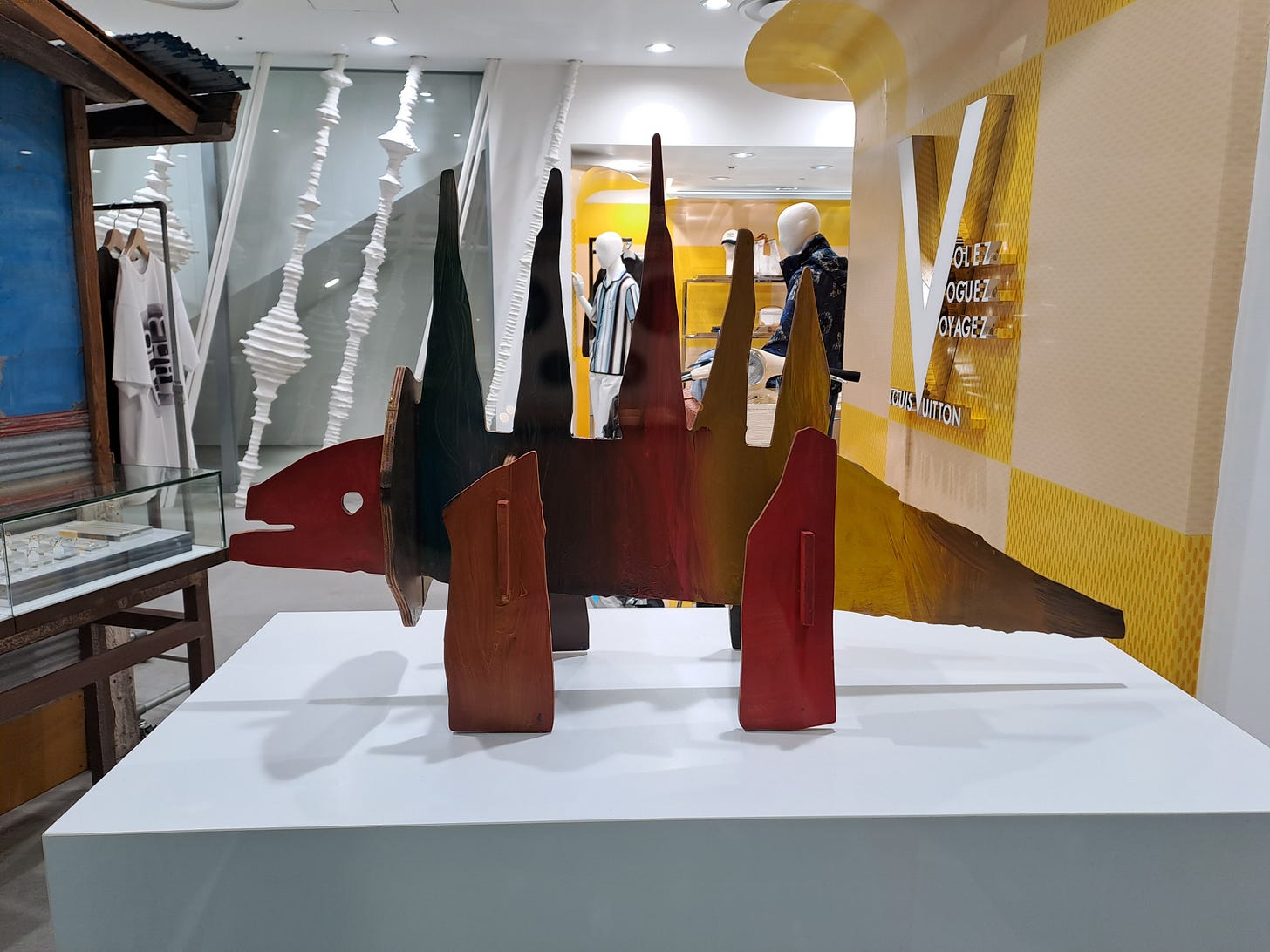So what is common to Godzilla and a nuclear threat? Odd question, that, but our recent skirmish with a neighbor crazed enough to punch the N-switch in a moment of madness, got me thinking.
Godzilla in various avatars …
Maybe I am too old for these modern horror tales about ugly, oversized reptiles, impacted by accidental nuclear radiation, that invests them with several unusual powers, especially excessive physical and mental prowess. I always thought these stories were the result of the over-imaginative Hollywood industry, forever enthralled by the frightening existence of the other-worldly. And as far from reality as one could possibly get …
But as I recently found out, the popular Godzilla (of the ‘Size Matters!’ fame), was actually appropriated by Hollywood from the original fictional Japanese monster tradition (kaiju) and that it debuted in the 1954 Japanese film, Gojira. Yes, in the aftermath of the horrifying tragedy and trauma of Hiroshima and Nagasaki, the original Gojira was an allegory for the effects of nuclear weapons and the destruction they wrought on Earth. The radioactive contamination of the Japanese fishing boat, Lucky Dragon No. 5, through the US’s Bikini Island Atoll testing of thermonuclear device tests, on March 1, 1954, just before the release of the film, was almost like a nightmare come true.
The name, Gojira, was a combination of two words -- gorilla (Japanese word is gorira) and whale (Japanese word is kujira), Eiji Tsuburaya, the movie’s special effects director, decided to create a dinosaur-like monster (Gojirasaurus) to symbolize the demon. The horrific-looking creature, towering over skyscrapers and bridges, effectively built the narrative of a prehistoric reptilian, amphibious monster awakened from the bottom of the Pacific following an atomic bomb detonation. Empowered by exposure to nuclear radiation, it goes on to spread death and destruction. I shiver to think how close we came, just a few weeks back, to the possibility of awakening another Godzilla running amok on our sub-continent.
Gojira, the original Japanese movie, was directed and supposedly co-written by Ishira Honda (there are on-going lawsuits regarding the actual ownership of the writing/script). A great box office success in Japan, in 1956, an Americanized version was released in the USA titled, Godzilla, King of the Monsters. Overnight, Godzilla became an international popular culture icon, and the movie created a new genre in filmdom. And continues to be so, spawning several sequels and similar movies. In fact, there are several films in which Godzilla has turned over a new leaf, becoming a ‘gentle giant’ so to say, helping mankind and getting Earth back in shape. Reminds me of the early days of the COVID crisis, when humans stayed off the streets and Nature bloomed; or the recent reel I saw on how forests and wildlife in Chernobyl have reclaimed the lands that humans abandoned and in fact are now remarkably thriving on the same!
But Gojira/Godzilla is not just one of the most recognizable symbols in Japanese pop culture – in fact, I, and I am sure most of you (non-millennials) too, would not even be aware of the Japanese origins of this monster, partially because of the US’s very effective, aggressive and tongue-in-cheek marketing campaign – Size Matters. Really, did Japan, where minimal is everything, actually think this one up, you might well ask somewhat incredulously. Well, yes, it did, and this year Japan is celebrating 70 years of Godzilla, and when I was in that beautiful country in April, I could feel some of the impact, the monster quietly peering from behind the cherry blossoms …
Rouge et Noire, a salad served at the Mori Museum cafe. The orange bits spell Godzilla in Japanese!
Tokyo’s Mori Arts Center was hosting the fifth instalment (wow, so much content!) of Godzilla The Art Exhibition, running till end of June. Believed to be ‘the most ambitious artistic reinterpretations of the cinematic icon to date’ (Sebastien Raineri, Time Out, May 19, 2025). He goes on to write, “The exhibition employs contemporary art to showcase Godzilla as a mirror for modern anxieties, a symbol of cyclical destruction and rebirth, and an evolving artistic archetype capable of speaking across media, cultures and generations … Born from the trauma of nuclear warfare and inspired by the real-world fallout of hydrogen bomb testing, the irradiated lizard initially symbolized Japan’s post-war fears, But over time, this figure has taken on new shapes: protector, anti-hero, metaphor for environmental catastrophe.” Curated by Qiuyu Jin, the exhibition includes interpretations of Godzilla by more than 25 artists and collectives from Japan and elsewhere. The mediums include sculpture, painting, photography, diorama, performance, installation, video art, and their content “… challenge(s) conventional aesthetics and reflect society’s fragmented psyche.”
The Godzilla Burger. The charcoal infused Bun approximates the dark colour of Godzilla.
It was unfortunate that when I visited the Mori Museum, the Godzilla exhibition was scheduled to open the next day (April 26) so I wasn’t able to see the show. However, the Museum (on the 52nd floor) was completely prepared with all the trappings of creating the Godzilla ambience. We settled around a table against the glass pane wall in the Museum restaurant, and a densely populated Tokyo stretched for miles until it reached the Pacific that rimmed the horizon. Artist chef Takeshi Masutani had devised a Godzilla burger, a dessert – Godzilla a la crème, a salad – Rouge et Noire – that spelt Godzilla in Japanese!
The Godzilla head!
One morning as I was walking from our tiny hotel in Shinjuku City in Tokyo Prefecture, to a 9-storey stationery store (quite a marvel this one, half a floor stored only all the pencils ever created in this world!), I was surprised to see a huge head of Godzilla looking out over the street from the terrace of a hotel. A huge tourist attraction, its eyes sometimes glow red in the night as a smoky breath emanates from its mouth. The 80-ton sculpture was placed on the Shinjuku Toho building as part of a marketing campaign for the 2016 film, Shin Godzilla, by Toho, the owners of the Godzilla franchise.
The Hokusai Wave confronts Godzilla!
However, one of the really interesting as well as complex images related to Godzilla that I found was on a T-shirt picked up by my writer-nephew, Khayaal Patel, who was with us on this trip. I am not sure whether he had ever heard of Katsushika Hokusai, the celebrated painter and printmaker who lived from 1760 to 1849 in the Edo period of Japan, or ever seen the iconic woodblock print/image that he created, The Great Wave off Kanagawa with Mt. Fujiyama in the distant background. If he had, well, good for him that he could appreciate the juxtaposition of the wave and Godzilla, both rising from the sea as two opponents, equally majestic, or any other meaning he might have wanted to read into it. But, if he hadn’t, then with the instinct of a creative writer, he still could get the significance of the two images poised against each other, frozen in time, a potent symbol of Japan.
Godzilla is never very far!








Wonderful post. Had no idea that minimalist Japan is the original creator of Godzila.
An awesome post, Sandhya! I totally missed gojira in Japan. Thank you for the primer on this monster and the many interpretations. I had no idea that life was coming back in Chernobyl.